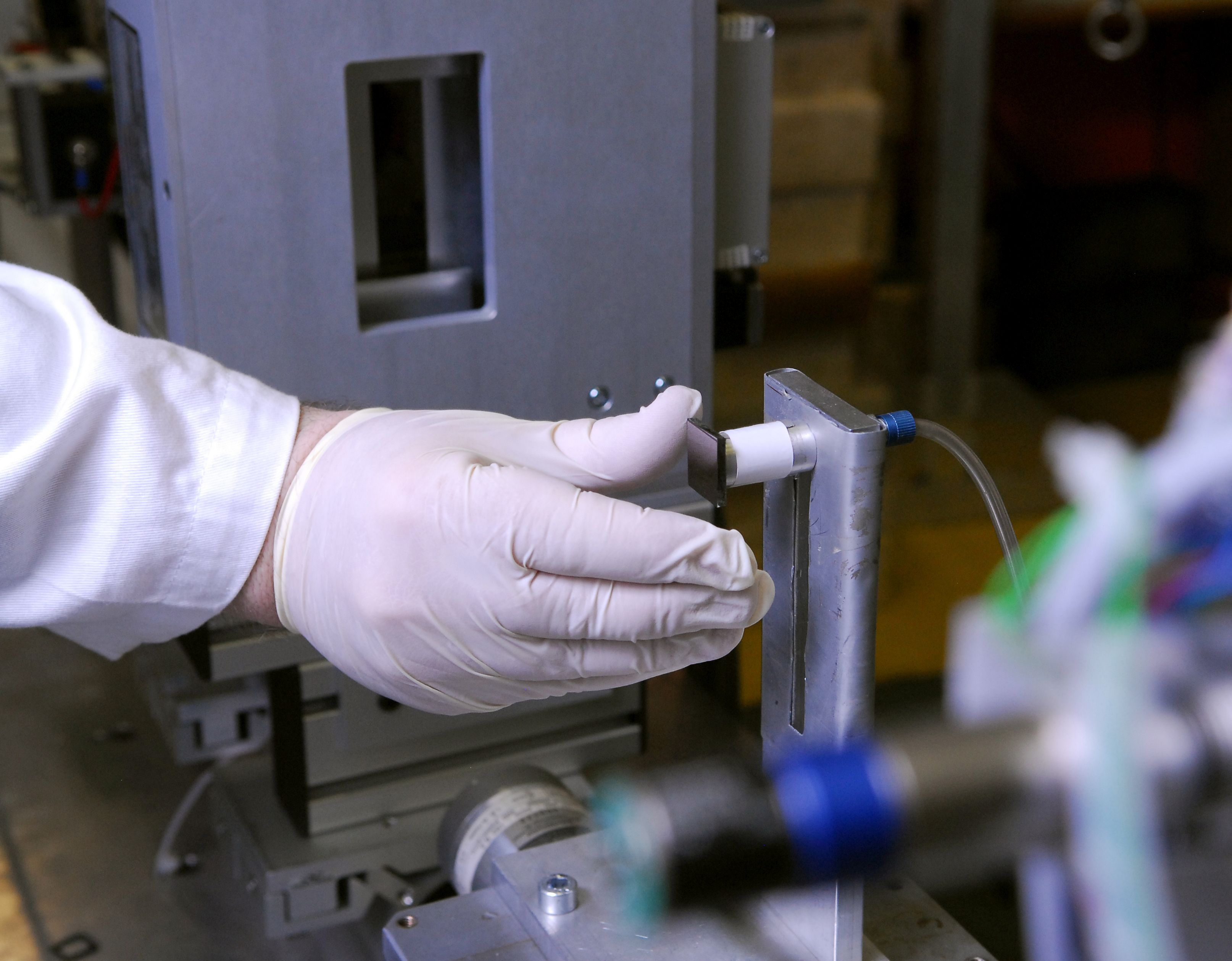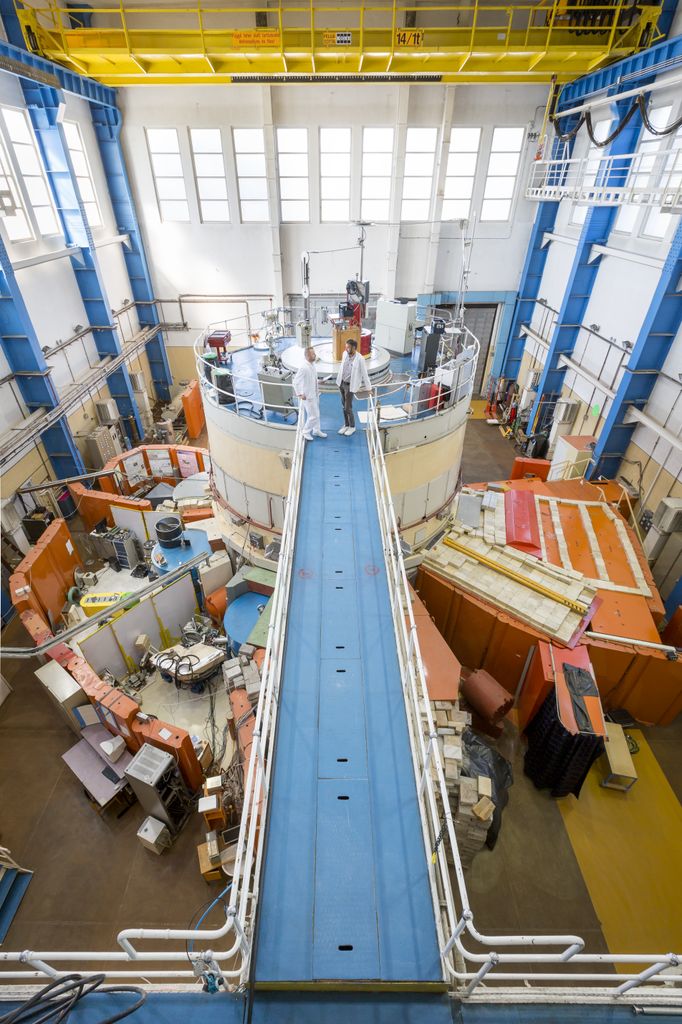Budapest Neutron Center (BNC)
Social Media
One of the most important strategic large scale research facilities in Hungary is the Budapest Research Reactor (BRR). It serves the needs of an extensive and diverse scientific community by supporting R&D opportunities, helping innovation and providing a strong foundation for training and education. The 10 MW Budapest Research Reactor, together with its experimental stations, is one of the key and largest research infrastructures in Hungary. The scientific utilization of the research reactor is coordinated and managed by the Budapest Neutron Centre (www.bnc.hu), which is a consortium founded by academic institutions in 1993.
BNC is an open access facility for the domestic and international user community. Its suite of reactor irradiation equipment, thermal neutron beam instruments and cold neutron spectrometers in the neutron guide hall are available and assisted by a professional team of scientists and engineers for experimental services. The 10MW BRR provides a maximum thermal and fast neutron flux of 2.2x1014n/cm2/s and 1x1014n/cm2/s, respectively. Altogether 15 instruments serve everyday user need in the reactor hall and in Guide Hall 1 and 2. At the time, two additional instruments are in advanced development phase.
General Purpose
We aim to increase our competence on special topics, to implement new technologies and develop new materials, to promote and exploit our R&D capacity at the national and regional/international level. Our main goals are:
- 1.To produce thermal and cold neutron beams for research and applications in all areas.
- 2. To develop new functional materials and neutron activation analysis.

Main Research Topics

© Budapest neutron Center (BNC)
- 1. Neutron scattering, used to examine samples under different conditions such as variations in vacuum or pressure, high and low temperature, and magnetic field, modelling real-world conditions.
- 2. Using neutron activation analysis, both prompt and delayed, it is possible to measure the concentration of elements in ppm and ppb levels of even small samples. Atoms in a sample are made radioactive by exposure to neutrons from the reactor. The characteristic gamma radiation each element emits can then be detected.
- 3. Neutron activation is also used to produce different radioisotopes, widely used in industry and medicine, by bombarding particular elements with neutrons so that the target nucleus has a neutron added. For example, Y-90 microspheres to treat liver cancer are produced by bombarding Y-89 with neutrons.
The Budapest Neutron Centre (BNC) also fosters:
Experiments per scientific field
Chemestry 28%
Engineering and Tech 8%
Material Sciences 12%
Physics 47%
The 10MW BRR
The core is designed to have about 10-11 reactor cycles per year, each having a cycle length of 10 days. We are committed to long-term safety and responsible operations, taking care of the wastes from the spent fuel coming from the reactor. Besides the temporary spent fuel storage pool, we also operate a long term spent fuel storage building for the physical and environmental separation between the reactor and the spent fuel storage.
The reactor is the centre of three kind of activities:
The BNC provides researchers with 15 neutron instruments; 13 instruments are installed directly on the horizontal beam ports of the reactor or to the thermal and cold neutron guides, while the other 2 are placed at the vertical irradiation channels. The instruments are supported by a variety of sample environments and data analysis and visualization capabilities.

Reactor Hall © Budapest Neutron Center (BNC)

Researchers working at the Budapest Research Reactor © Budapest Neutron Center (BNC)
The BNC Community
The BNC provides access to the international neutron user community through a peer-review arrangement. Local scientists assist researchers and industrial users to find the appropriate neutron techniques that meet their research needs. The various neutron scattering instruments in BNC cater to a large number of users from Europe and has grown in strength and stature over the years.
BNC is strongly committed to the training of future professionals. In cooperation with Hungarian universities (Budapest University of Technology and Economics, Eötvös Loránd University, Pannon University), BNC accommodates students for laboratory practice for studying nuclear-based techniques. A specialized course was developed for geology students at the Eötvös Loránd University to introduce nuclear analytical techniques into their education. To train young scientists in neutron physics and to attract new users, BNC organizes the Central European Training School on Neutron Scattering on a regular basis. The school provides insight into neutron scattering, element analysis and imaging techniques and their applications to study the structure and dynamics of condensed matter.



